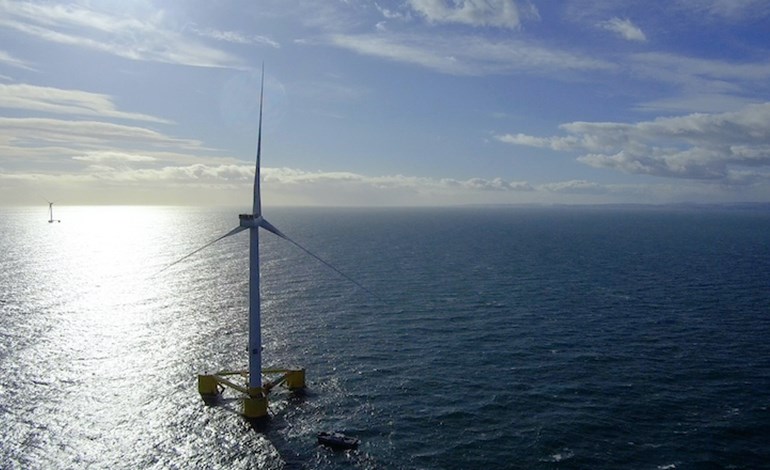‘Solar, wind and batteries driving global shift’

Competitive renewable technologies such as solar, wind and batteries are driving a rapid global shift away from fossil fuels, according to Statkraft’s latest Green Transition Scenarios report.
The annual study explores three futures – a green scenario, a delayed transition and one marked by global unrest – to assess how fast the world can decarbonise and limit global warming.
“In the green scenario, global warming can be limited to 1.9 degrees, in line with the Paris Agreement’s 2 degrees goal, but not sufficient for 1.5,” said Torjus Folsland Bolkesjø, head of global energy drivers and author of the report. “If progress in the energy transition doesn’t continue at a high pace, the report predicts a temperature increase of around 2.4 degrees, with major consequences for people and the planet.”
Bolkesjø added: “Our scenarios show that it is still possible to reach the 2-degree target of the Paris Agreement, but this requires a significantly faster pace of emission cuts than we see today. The rapid cost reductions for mature technologies such as solar, wind and batteries mean that the bulk of global CO₂ emission cuts are still within reach.”
Mari Grooss Viddal, head analyst and lead author, said: “Renewable energy is the key to success, not only to replace coal and gas power, but also to accelerate electrification of transportation and heating. A key for the future growth is to adopt more flexibility solutions to integrate more renewable power. Statkraft can play a crucial role in achieving this through our competence in balancing energy markets and investing in flexible solutions.”
The report projects solar generation to increase 3–6 times by 2035 and up to 12 times by 2050, with renewables exceeding 50% of global power by 2035 and reaching up to 80% by mid-century.
“We expect that annual clean power production shortly will increase more than global power demand, meaning that ‘peak’ emissions from the power sector are likely behind us,” said Viddal.
Statkraft said renewable energy will also strengthen energy security and competitiveness in Europe, where the EU has already cut greenhouse gas emissions by more than one-third since 1990 while growing its economy by two-thirds.
“This shows that it is entirely possible to cut emissions and simultaneously create economic growth,” said Bolkesjø.


